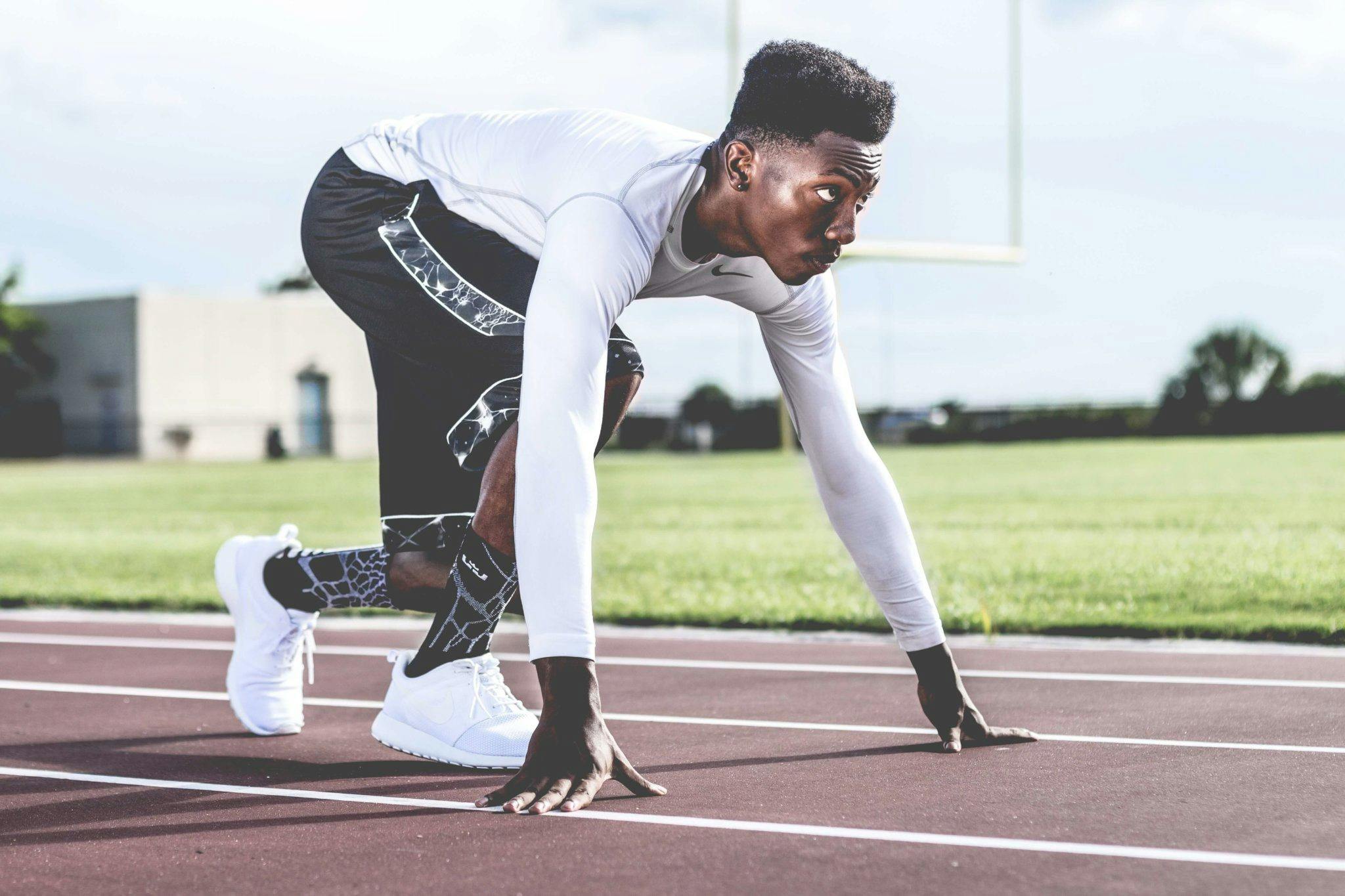How to Optimize Glucose Monitoring for Diabetic Athletes Participating in Endurance Sports?

It’s no secret that regular physical exercise is key to maintaining a healthy body and mind. But for athletes with diabetes, exercise management can be a tightrope walk. The balance between insulin, carbohydrates, and exercise intensity can seem like a daunting task. Thankfully, advances in Continuous Glucose Monitoring (CGM) technology have made it easier for diabetics to manage their blood glucose levels during sports and physical activity. This article will delve into the essential role of CGM in optimizing glucose control for diabetic athletes participating in endurance sports.
Understanding the Relationship Between Exercise and Glucose Levels
Before diving into the details of CGM, it’s crucial to grasp the connection between glucose, exercise, and diabetes. Google ‘glucose and exercise’, and you’ll find countless scholarly articles hosted on Pubmed, all emphasizing the complex relationship between these three elements.
Topic to read : What’s the Role of Dynamic Visual Training in Improving Reaction Times for Hockey Goalies?
Glucose, a type of sugar, is the body’s primary source of energy. During exercise, your muscles require more energy, leading to an increased demand for glucose. In people without diabetes, the body responds by naturally adjusting insulin levels to keep glucose levels stable.
However, for those with diabetes, this balancing act is not so straightforward. Increased physical activity can cause glucose levels to drop significantly, increasing the risk of hypoglycemia, especially in those taking insulin. On the flip side, intense workouts can sometimes cause blood glucose levels to rise, increasing the risk of hyperglycemia.
Also read : What Are the Latest Advances in Tendon Repair Treatments for Football Players?
As such, it becomes clear that managing glucose levels during exercise is crucial for diabetic athletes. This is where CGM devices come in.
The Role of Continuous Glucose Monitoring (CGM)
Continuous Glucose Monitoring (CGM) is a game-changer for diabetic athletes. A CGM device measures glucose levels in real-time throughout the day and night. It provides detailed information about glucose trends, fluctuations, and patterns, helping athletes make informed decisions about insulin doses, training intensity, and carbohydrate intake.
CGM uses a tiny sensor inserted under the skin to check glucose levels in tissue fluid. The sensor stays in place for several days to a week, and then it needs to be replaced. A transmitter attached to the sensor sends information to a monitor, which displays the glucose levels. Some devices can display information on a smart device like a phone or a watch.
For diabetic athletes, CGM offers invaluable insights into how their blood glucose levels respond to different types of exercise, training intensity, food intake, and insulin adjustments. By identifying patterns, athletes can predict how their glucose levels might respond to similar situations in the future, thereby optimizing their glucose control.
Tailoring Exercise Type and Intensity
With the aid of CGM, diabetic athletes can tailor their exercise type and intensity to maintain optimal glucose levels. Different sports and workouts can have different effects on blood glucose. For example, aerobic activities such as long-distance running usually decrease glucose levels, while anaerobic activities like weightlifting can temporarily increase them.
Moreover, the effect of exercise on blood glucose can also depend on its intensity and duration. A short, high-intensity workout can cause a temporary rise in glucose levels, whereas moderate-intensity exercise for a longer duration can cause a drop in glucose levels.
By using CGM, athletes can observe these trends and adjust their workouts accordingly. For instance, if a person notices that their glucose levels drop too much during long-distance running, they might choose to consume more carbohydrates before the run or reduce the training intensity.
Managing Carbohydrate Intake and Insulin Dosing
Diet and insulin management play a critical role in maintaining glucose control for diabetic athletes. Carbohydrates are the main dietary factor affecting post-meal glucose levels. Consuming the right amount and type of carbohydrates can significantly impact an athlete’s performance and glucose control.
Carbohydrate counting, a method of meal planning, can be particularly helpful. It involves calculating the total amount of carbohydrates in the food an athlete eats, allowing them to adjust their insulin doses accordingly.
CGM can also guide insulin dosing decisions during exercise. For instance, athletes may need to reduce their insulin dose before exercise to prevent low glucose levels. CGM can provide the data to make these adjustments safely and effectively.
Educating and Empowering Diabetic Athletes
Knowledge is power, and this is particularly true in diabetes management. Educating diabetic athletes about the effects of physical activity, diet, and insulin on glucose levels can empower them to make informed decisions about their health.
Healthcare professionals should encourage diabetic athletes to use CGM as part of their self-management. They should also provide comprehensive education on interpreting CGM data, adjusting insulin doses, and planning carbohydrate intake around exercise.
By integrating CGM into their daily routine, diabetic athletes can achieve better glucose control, reduce their risk of diabetes complications, and perform at their best in their chosen sport. They can take charge of their health, harnessing the power of technology to turn challenges into victories.
Strategies for Improving Performance and Safety in Diabetic Athletes
CGM has revolutionized glucose management in athletes living with diabetes. However, it’s not just about the device. It’s also about the approach and strategies that diabetic athletes adopt. By using a CGM device, understanding the interplay between different factors and taking appropriate action, athletes can optimize their glucose levels, improve their performance, and enhance their safety.
Regular glucose checks during exercise are essential. With a CGM device, athletes can monitor their glucose levels in real-time and take immediate action if needed, like adjusting their insulin dose or carbohydrate intake.
Athletes should also be aware of the timing of insulin administration. As a general rule, insulin should be administered well before exercise begins. However, the exact timing can vary depending on the type of insulin, the intensity of the exercise, and the individual’s response.
Additionally, food intake plays a significant role in glucose management. Athletes need to understand how different foods affect their glucose levels and adjust their intake accordingly. Consuming a snack rich in carbohydrates before exercise can prevent hypoglycemia, while a protein-rich meal after exercise can help replenish muscle glycogen stores and stabilize blood glucose levels.
Finally, hydration is crucial. Dehydration not only affects performance but can also increase the risk of glycemic instability. Therefore, athletes should always ensure they are adequately hydrated before, during, and after exercise.
Conclusion
Endurance sports represent a challenge for athletes living with diabetes, as they require careful and continuous monitoring of blood glucose levels. CGM devices have been a game-changer, allowing athletes to understand and manage their glucose levels more effectively during exercise.
However, it’s not just about the technology. Continuous glucose monitoring is only one piece of the puzzle. Other factors, such as the athlete’s understanding of their body, knowledge about diabetes management, insulin and carbohydrate management, and overall fitness level, play essential roles in achieving optimal glucose control.
Healthcare professionals have an essential role in educating and empowering athletes to use CGM effectively and make informed decisions to optimize their health and performance. As we move forward, it’s exciting to see how advances in technology will continue to improve diabetes management and performance in athletes living with diabetes.
So, stay tuned, stay informed, and keep exercising! As the saying goes, "Knowledge is power." With the right information and tools, diabetic athletes can turn their challenges into victories.
